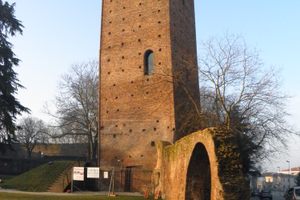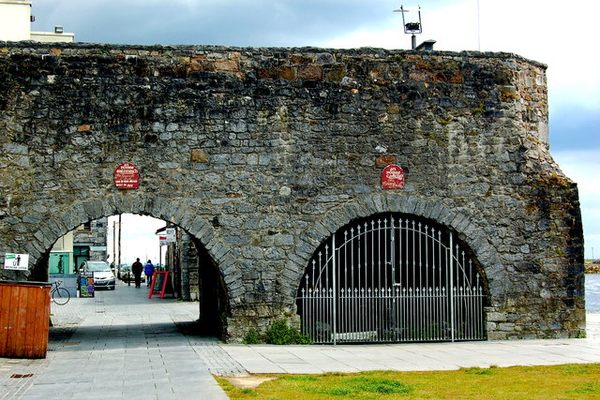About
During the late 15th century, the city of Ferrara was undergoing a rapid period of growth. To accommodate this growth, Duke Ercole d'Este decided to demolish the medieval northern walls to enlarge the town. This later became known as the Erculean Addition, a popular form of Rennassiance urban planning. At the intersection of the two main roads, d'Este appointed court architect, Biagio Rossetti to design a new palace for the noble family.
Constructed between 1493 and 1503, Palazzo dei Diamanti was inhabited by the Este family until 1641 when it was sold to the Villa family. The city of Ferrara bought the palace in 1832 as the new location for the National Art Gallery and Civic University. The palace was greatly damaged by Allied bombing campaigns in 1944, and then again in 2012 from an earthquake. However, in both instances, the building was restored. Today, it's still home to the National Art Gallery of Ferrara, along with the Civic Gallery of Modern and Contemporary Art.
What makes the palace so recognizable and iconic is the design of its exterior walls. The outer walls of the building are covered by a bossage consisting of more than 8,500 diamond-shaped marble blocks with pink veins. The blocks are not all equal in cut, as their positioning and orientation changes based on their location on the wall. This creates a unique visual effect designed to maximize the light reflecting off the building. Also, the palace has a candelabra and phytomorphic corner motifs, along with a sprawling courtyard.
Related Tags
Know Before You Go
Check their website for times and ticket prices.
Flavors of Italy: Roman Carbonara, Florentine Steak & Venetian Cocktails
Savor local cuisine across Rome, Florence & Venice.
Book NowCommunity Contributors
Added By
Published
March 3, 2020




























